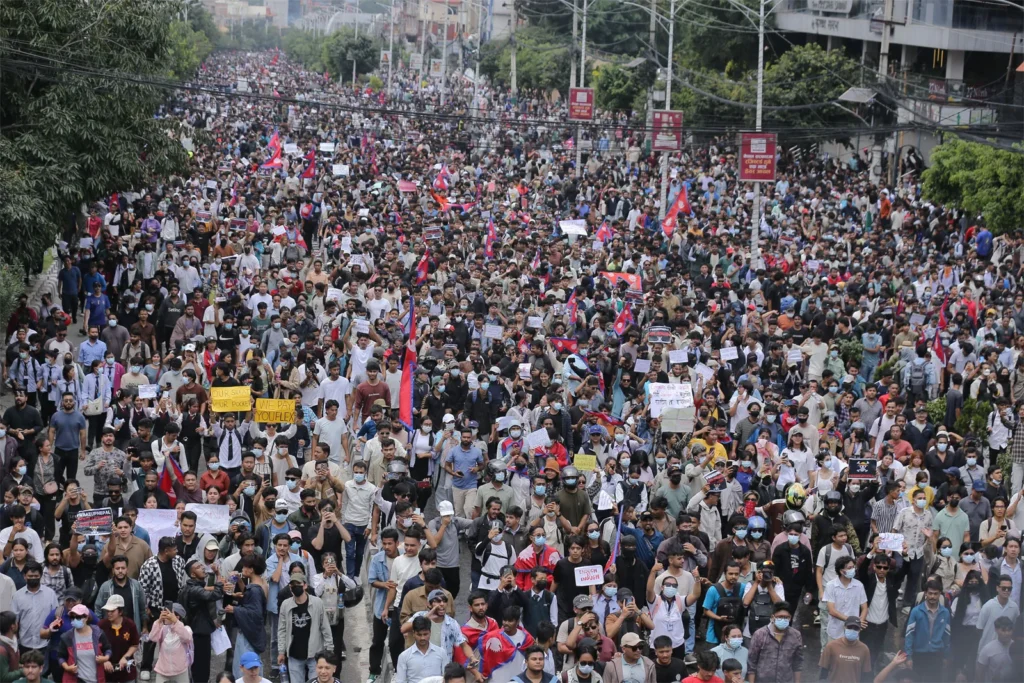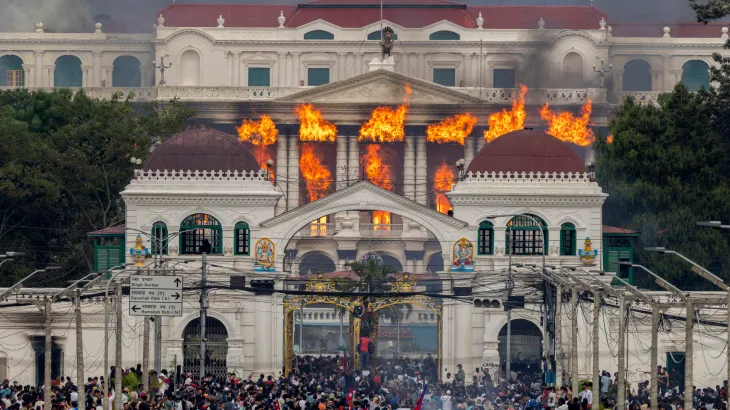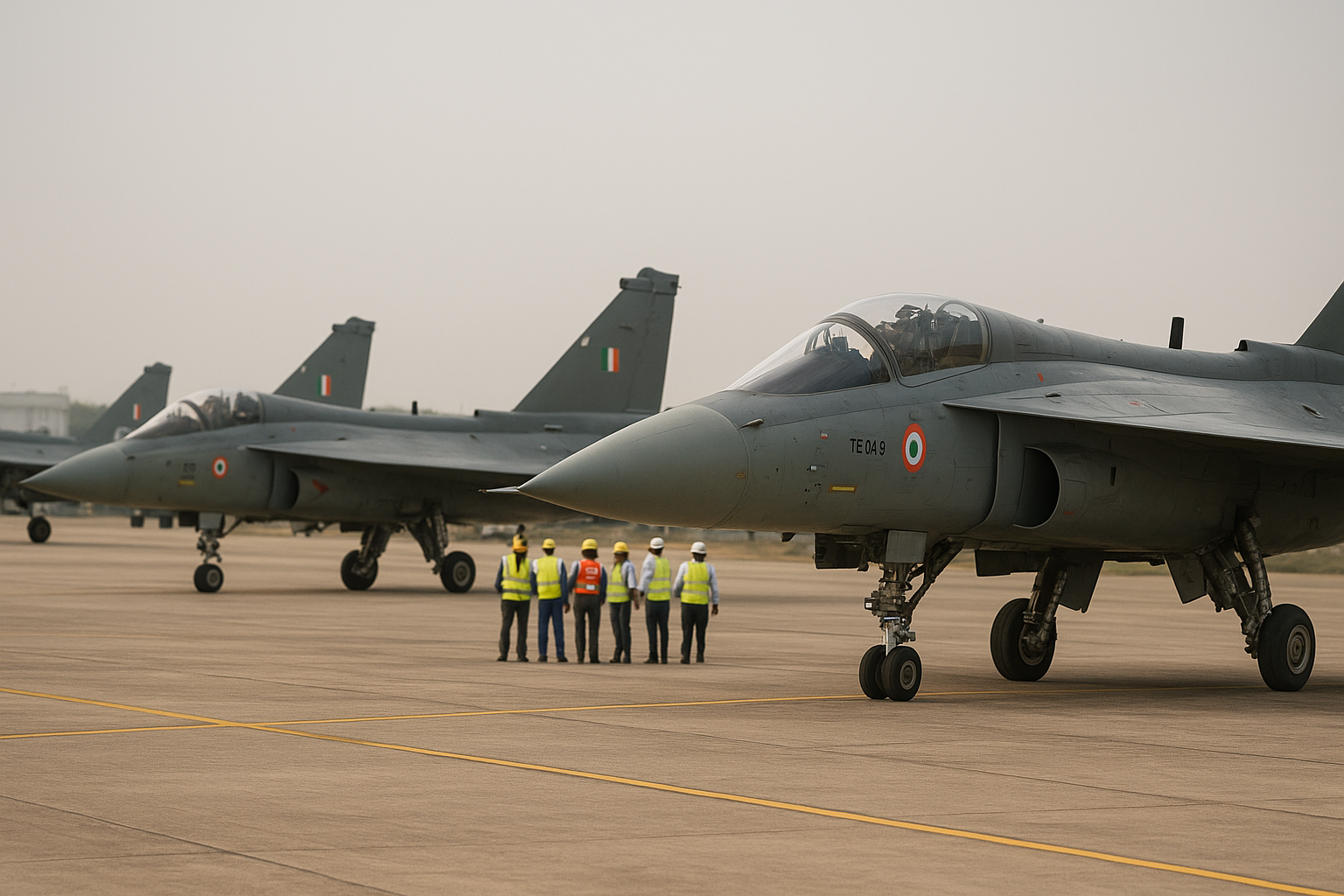Nepal, a landlocked nation nestled in the Himalayas, is currently grappling with its most severe political turmoil in decades. What began as a youth-led protest against a government-imposed social media ban has escalated into widespread unrest, resulting in the resignation of Prime Minister KP Sharma Oli and significant damage to government institutions. This crisis is not just a domestic issue; its implications resonate across South Asia and the broader international community.
The Spark: Social Media Ban and Youth Outrage
On September 8, 2025, the Nepali government imposed a ban on 26 social media platforms, citing concerns over fake news and national security. This move was perceived by many, especially the younger generation, as an infringement on their freedom of expression. The ban ignited protests across the country, with demonstrators demanding accountability, transparency, and an end to systemic corruption.
The situation intensified when police forces used live ammunition to disperse crowds, resulting in the deaths of at least 19 individuals. The subsequent violence led to the torching of key government buildings, including the parliament and the presidential residence. The unrest culminated in Prime Minister Oli’s resignation, leaving the nation in a state of political uncertainty.

A Regional Ripple Effect
Nepal’s crisis has far-reaching implications for South Asia. The region has witnessed a series of youth-led uprisings in recent years, notably in Sri Lanka and Bangladesh, where public discontent led to the ousting of long-standing leaders. Nepal’s unrest adds to this pattern, signaling a broader regional trend of political volatility driven by public frustration with corruption and ineffective governance.
For neighboring countries like India, the situation is particularly concerning. Nepal’s political instability could strain bilateral relations, especially if the new government adopts policies that diverge from traditional alliances. Additionally, the mass jailbreaks and the escape of over 13,500 prisoners, some of whom are wanted in India, pose security challenges along the porous border regions.
Global Implications
The international community is closely monitoring the developments in Nepal. The country’s strategic location between India and China makes it a focal point for geopolitical interests. Instability in Nepal could affect regional trade routes, disrupt diplomatic relations, and influence the balance of power in the region.
Furthermore, the crisis underscores the global struggle between state control and individual freedoms. The youth-led protests in Nepal echo similar movements worldwide, where citizens demand greater transparency, accountability, and the protection of civil liberties.
The Path Forward
As Nepal navigates this turbulent period, the path to stability remains uncertain. The deployment of the Nepali Army and the imposition of curfews indicate the government’s intent to restore order. However, the deep-seated issues of corruption, nepotism, and governance inefficiency cannot be addressed through force alone.
For lasting peace and prosperity, Nepal requires comprehensive political reforms, inclusive governance, and a commitment to upholding democratic values. The international community can play a supportive role by offering diplomatic assistance, facilitating dialogue, and encouraging the establishment of institutions that promote accountability and transparency.
Conclusion
Nepal’s crisis is a poignant reminder of the challenges faced by nations striving to balance development, democracy, and governance. It serves as a wake-up call for South Asia and the world to reflect on the importance of responsive leadership, the protection of civil liberties, and the need for systemic reforms to address the aspirations of the youth and the demands of a changing global landscape.



